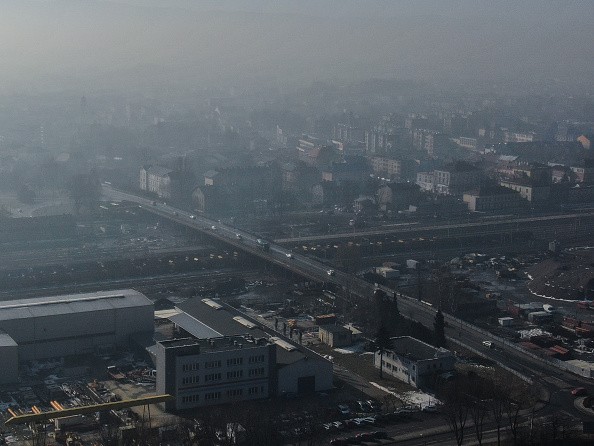The control standards of California's air pollution have drastically reduced the quantity of diesel particulate matter found in the air and cardiopulmonary deaths due to the quality of air.

Environmental Regulations
Researchers at UC Berkeley are applauding the diesel engine standards of the state and other measures being instituted over a number of years, both in the loosened face of environmental regulations in modern years.
If one has not yet seen the photos of the city of Los Angeles prior to the Clean Air Act, they resemble something got out of the movie Escape from L.A. But with the encouragement of shifts far from high-sulfur fuels, and renewal of diesel ships with electric ones, has slowly scaled the horror show back - despite the fact that to date more cars are been registered in the state of California more than in other states.
Amount of DPM in California's Skies
The authors of the paper released in Science wrote that their analysis of mobile-source DPM (diesel particulate matter) emissions proposes that most California sector-based protocols have been highly effective compared to the rest of the US.
They discovered that from the time between 1990 and 2014, the quantity of DPM in the skies of California decreased by 78%, while cardiopulmonary and deaths caused by cancer connected to diesel pollution reduced by 82%.
The biggest fall was from tractor-trailers, which is predictable given the fact they usually work because of diesel and cover many miles. Reductions were also noticed in construction and passenger vehicles, even from the marine sector.
Moves Towards Electric Private and Public Transportation
The overall consumption of diesel in California truly increased over this period, which proposes that mandates to relocate to fuels that are more refined and furnishing existing vehicles with pollution filters are very effective tactics ( Berkeley scientists recommended both for implementation in other states).
Moves towards electric private and public transportation, like Governor Newsom's executive order to prohibit the trade of fossil fuel vehicles beyond 2035, should clear the skies of California substantially more and will be a significant accomplishment from one of the largest economies of the country.

Health & Environmental Effects of Toxic Air Pollution
Short-term exposure to toxic air can cause nausea, eye irritation, dyspnea (shortness of breath). Long-term exposures may cause damage to the respiratory, nervous, or reproductive systems, birth and developmental problems, and other consequential health issues.
While a person is at risk from exposure to air toxics, many other factors determine how pressing any pollutant will affect an individual or at-risk population. These involve the duration, level, and how often the person is exposed, the toxicity of the pollutant, and the general health of people that are exposed.
Some air toxics, like mercury, can released onto soils or surface waters, where they are collected by plants, taken in by animals and fish, and make their way up the food chain. Like humans, animals may undergo health problems if exposed to abundant quantities of air toxics over time.
Related Articles: Air Pollution Blamed as Cause of Death of Victim's Asthma Attack
For more news, updates about air pollutions and similar topics don't forget to follow Nature World News!
© 2025 NatureWorldNews.com All rights reserved. Do not reproduce without permission.





